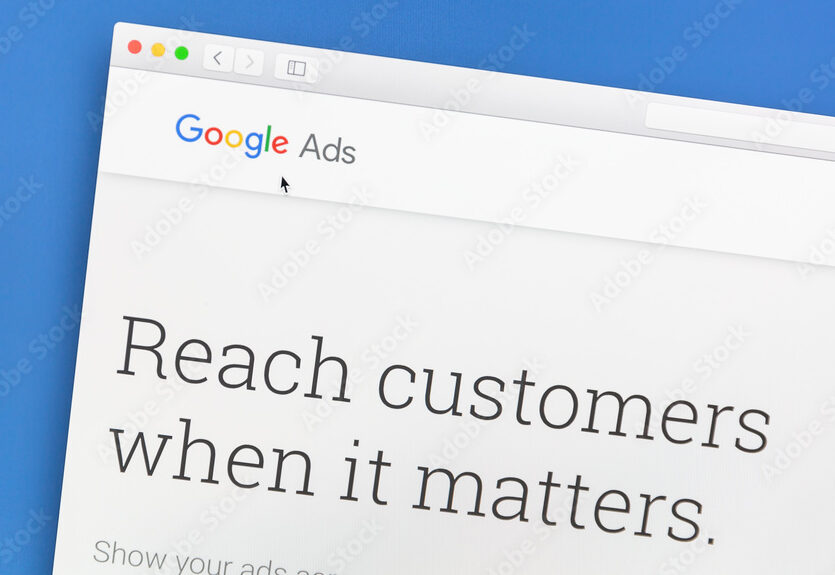Covered In This Post
- What Is Google Ads?
- What Are Campaign Types & What Campaign Types Are Available For Use?
- What Campaign Types Are Most Effective?
- How Do You Maximize Google Ads Performance From Inside Google Ads?
- How Do You Maximize Google Ads Performance From Google Merchant Center?
- How Do You Maximize Google Ads Performance From Your Website’s Ecosystem?
What Is Google Ads?
For those that may not know, Google Ads are paid ads that allow websites to reach people throughout the internet. Google Ads offers ways to target people based on various criteria, which we will go over later in this post.
For now, all you need to know is that Google Ads is probably the most sophisticated ad targeting platform available, but because of Google’s massive audience and it’s technology, Google is becoming more and more competitive all the time.
This post will give you a high-level understanding of how to give your business the best chances at succeeding in a landscape that is filled with competitors.
What Are Campaign Types & What Campaign Types Are Available For Use?
Google offers a number of different campaign types with different targeting, different ad design / ad format, and different ad placements (where ads show) available for each.
Below, I will list the campaign types out and explain what makes them unique.
Google Search Campaigns
Google Search Campaigns are considered Text Ads. They are mostly comprised of Text, outside of the fact that you can attach “image extensions to them,” and they mainly show up within Google Search Results such as in the screenshot below.

The best thing about Search Ads are that they allow you to target what the user is “Searching For,” hence the name Search Ads.
Google Shopping Campaigns
Shopping Campaigns are also know as Product Listing Ads or Google Shopping Ads.
These ads show in Google search results just like Google Search Campaigns, the difference is that Shopping Ads display information differently and Shopping Ads will not let you choose exact keywords / searches you want to show for, but rather your Shopping Ads will show based on information in your Google Merchant Center.
Shopping Ads display an image of the product, the product title, the product price, and when enabled, the product star ratings.
Below, I have reattached the same image from above, except for this time I am also showing the Google Shopping Ads that were triggered when I performed the search “best coffee online.”
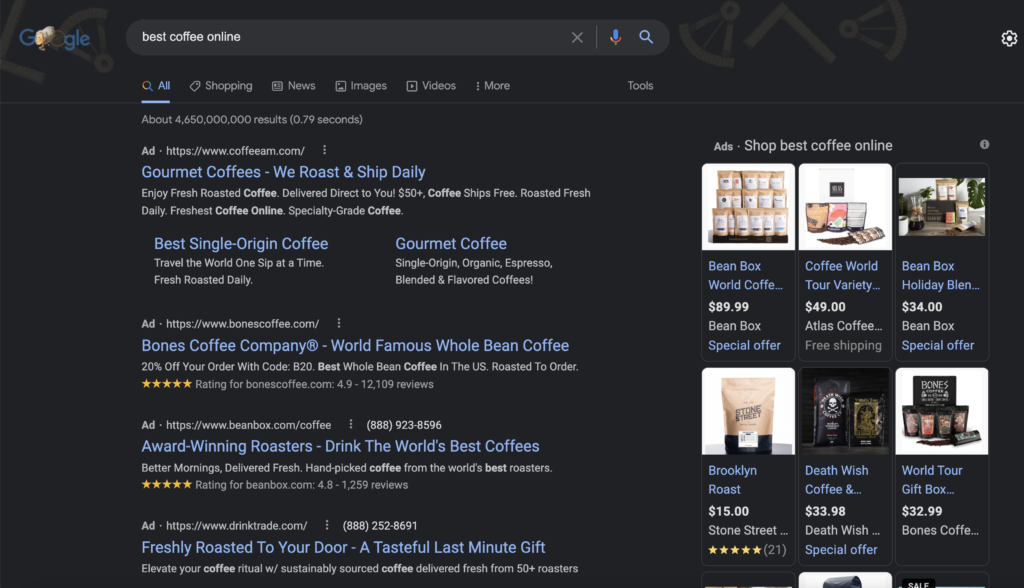
What makes Google Shopping Ads so effective is that they are more “shopping focused.” People get to see the product, ratings and price, so when a users clicks through these ads they are typically showing more intent to buy compared to a search ad that does not display price for example.
Google Display Campaigns
Google Display Campaigns are image and text based ads that can appear on millions of websites across the internet, as well as on YouTube. Below is one example of a Display Ad showing on a website and another example of a display ad showing on YouTube.
Display Ad On Website:
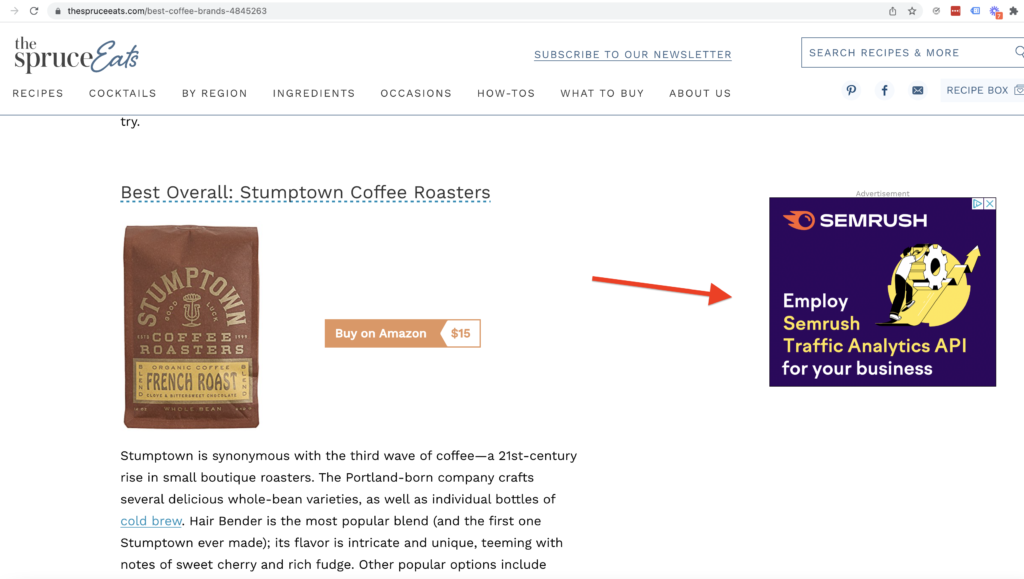
Display Ad On YouTube:
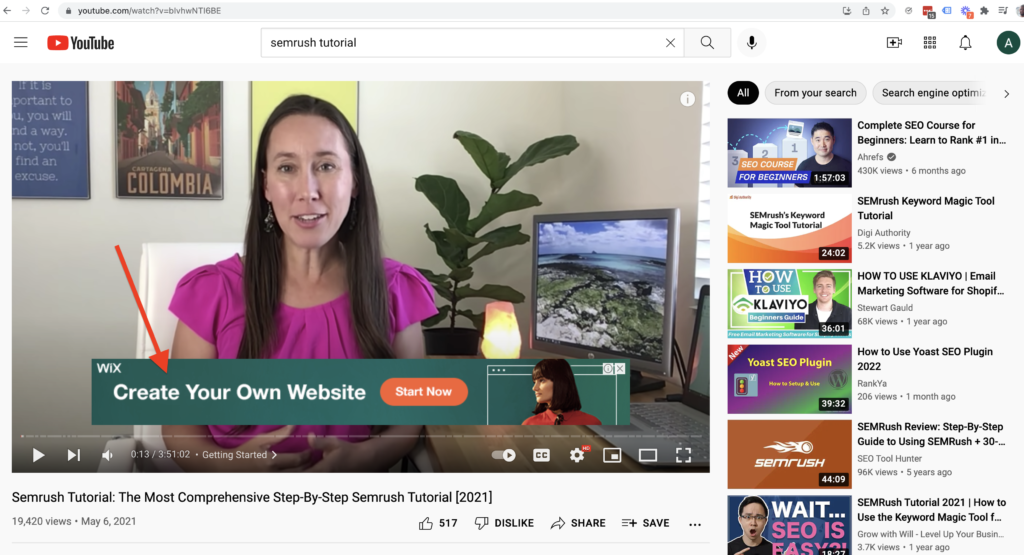
Display Ads are good to be used for remarketing as well as to reach new audiences. We will discuss the targeting of audiences more in the targeting section of this post.
Google Discovery Campaigns
Discovery Campaigns are similar to Display Campaigns except that they show on different placements.
Discovery Ads show on the mobile Google (browser) App, YouTube Search Results and YouTube Related Videos, as well as they have replaced GMail Ads (so now Discovery Ads are responsible for delivering ads to the promotions tab in GMail for example.
Below are examples.
Discovery Ad On The YouTube Search Results Page:

Discovery Ad Below a YouTube Video:
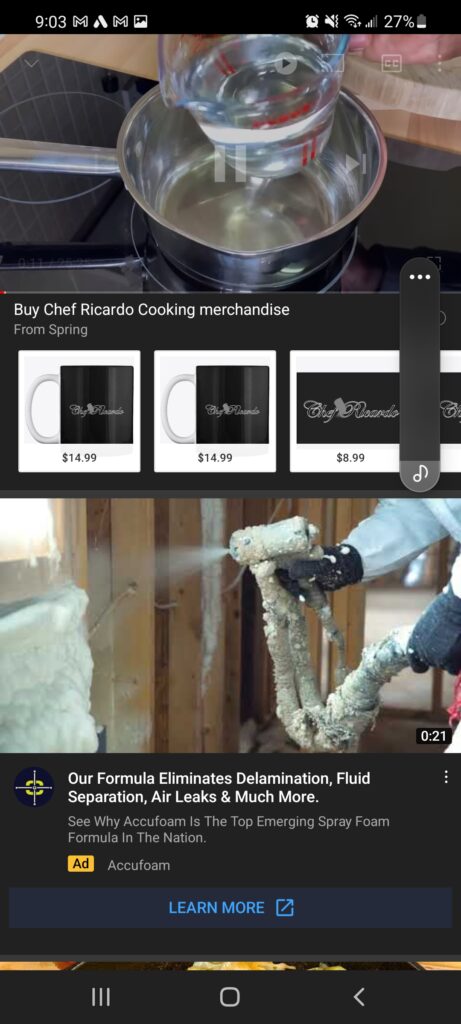
YouTube Campaigns
YouTube Ads are video ads that play before and during YouTube videos that people are watching. YouTube Ads can also be featured across websites (just as Display Ads do, except for YouTube Ads show as thumbnail videos in autoplay without sound).
Below is an image from Google’s documentation of the different types of YouTube Ad Formats.

The most common and most effective YouTube Ads tends to be Skippable Ads (known as TrueView For Action Campaigns which are now being fully transitioned into what is known as Video Action Campaigns.
You can read on the differences between Video Action Campaigns and TrueView for Actions Campaigns in Google’s documentation if you’re interested (which I have also provided a screenshot below):

The Video Action ad format that almost mimics the TrueView for Action ad format, is the 5 second skippable ad that plays before someone watches a YouTube Video.
How this works is, the user will be forced to watch the ad for 5 seconds. After 5 seconds, the user can skip the ad.
The advertiser paying to show the ad will only be billed (be charged a Cost Per View) if the user watches 30 seconds of the video (if the video ad is 30 seconds or longer), or if the viewer watches the full video if the ad is less than 30 seconds.
Below is an example of a Video Action Ad:
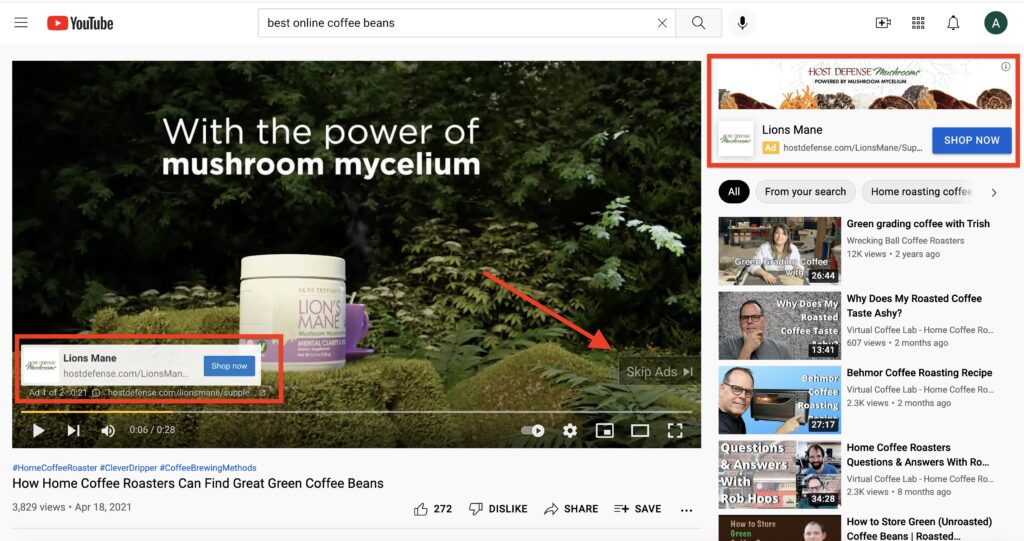
Local Campaigns
Local Campaigns are a campaign type that are meant to focus specifically on driving In-Store Visits (foot traffic) to your business.
The drawback to this campaign type is that the “In-Store Visits” conversions have to be “unlocked” algorithmically, and there is no way of telling how much you have to spend in order to unlock that feature. Google cannot give any details on this besides to tell you to spend more money if the In-Store Visits are not unlocked.
Below is a screenshot from Google’s website that shows what campaign types become enabled through the Local Campaign type.
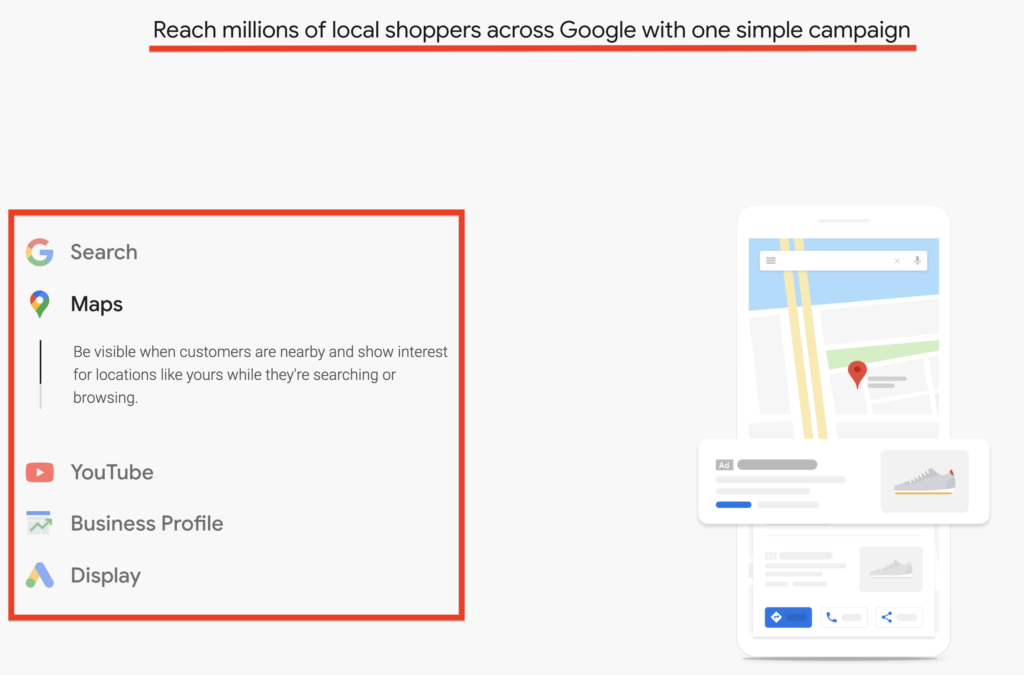
The only ad type within the Local Campaign we have not covered is the Google Maps ad type.
The Google Maps Ad type is likely the most effective ad type to drive store visits. You likely see these types of ads all of the time if you use the Google Maps App on your mobile device to get directions when driving to places.
I provided an example of what these ads look like below.
Google Maps Ad:
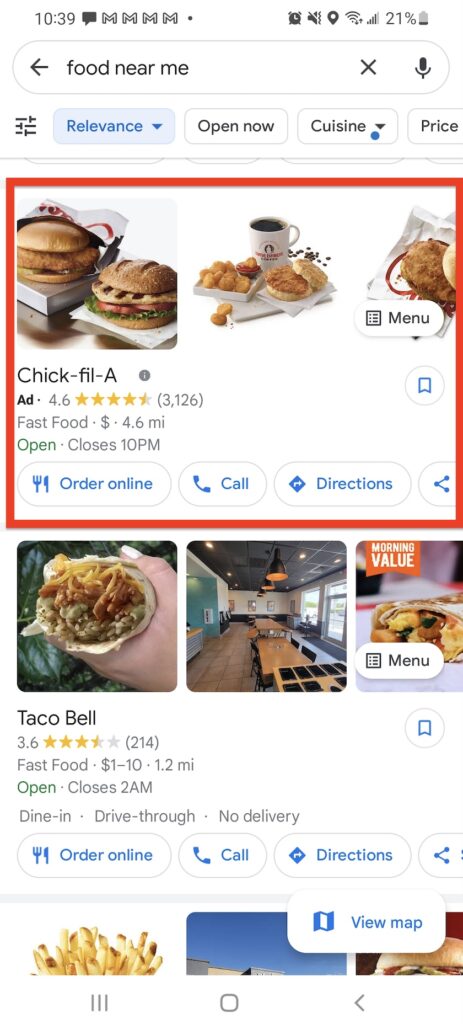
Google Maps ad types can also be run through Search Campaigns via what is called a Location extension.
The benefit of running Google Maps ads via a Search Campaign is that you have more control. You get to target zip codes, radiuses, keywords, income brackets etc., whereas with a Local Campaign you cannot control those things or gain insights into what keywords are triggering ads etc.
With Local Campaigns, you are giving full control to Google.
Performance Max Campaigns
Simply put, Performance Max Campaigns are the newest campaign type in Google Ads as of the day I am writing this (Dec. 17, 2021).
This campaign type rolled out to all advertisers in November of 2021.
Performance Max Campaigns can be used to run every single campaign type that is available in Google Ads, and it is fully automated.
These are very new at the time I am writing this, so it is too early to give my opinion on them, but worth testing.
What Campaign Types Are Most Effective?
For every account, I recommend starting with Search and Shopping Campaigns if you are Ecommerce and Search Campaigns if you are Lead Gen.
If you have budget to run some remarketing via display, discovery, YouTube, then go for it, but I recommend focusing on growing search and shopping, getting those to a profitable level and scale them up in spend, then transfer into other campaign types once you have adequate budget.
The exception to this is that if you are focused on Local In-Store Visits, it is worth focusing on Search and a Local Campaign.
Typically, the best performing ads you are going to see in an account is Shopping and Search.
This is not to say that Local Campaigns and Performance Max Campaign will not be emerging as the best campaign types, but for now (at the time of this article), Search and Shopping are king when it comes to providing Return On Ad Spend.
How Do You Maximize Google Ads Performance From Inside Google Ads?
Maximizing Google Ads performance relies on many factors.
It is not all just based on the account itself.
External factors such as your website, competition, industry changes (such as IOS 14), your activity on other marketing channels, your offers & shipping speeds as well as other factors can impact Google Ads performance (not to mention your overall performance).
Below, I am sharing with you (in order of priority for the most part) what the most important factors are that will impact performance when it comes to things inside of your Google Ads Account.
- Conversion Tracking
- I cannot tell you how many times I have seen improper conversion tracking, conversion goals, or attributions models and conversion settings in Google Ads accounts (probably 90% of accounts I have audited if I am being honest).
- Google can learn based on specific conversions and get better and better at optimizing for them over time, so it is absolutely critical to get this right.
- Account Structure
- Looking into an account and having no idea of what is what is no fun for someone like me, but it is also a good sign of poor account structure (which means poor targeting and most likely, an under-optimized account).
- Account structure is your foundation. You always want a solid foundation as it is going to impact everything else that you do. It will impact performance, data analysis, reporting, time to manage and more.
- Good account structure varies on an account by account basis and there is no one-method-fits-all solution.
- Budget Allocation & Timeliness of Campaigns
- Budget can impact my decision on how I choose to structure campaigns. You really want to avoid spreading your campaigns out too thin, but in some instances you want to control spend into certain areas (which sometimes is best done by breaking out campaigns because budgets can only be managed at the campaign level). It really is a judgement call that comes with experience.
- Budget can also impact the amount of conversions a campaign is receiving over a certain period of time, which also will impact what campaigns you want to focus on now, and what campaigns you want to enable / run over time. This is due to how Google’s machine learning works, which we will cover more on this in the next bullet point.
- Leveraging Machine Learning
- Nowadays, you are going to get the best performance if you can train and leverage machine learning when it comes to Google Ads.
- Machine learning is used in Google’s Automated Bid Strategies.
- To leverage automated bid strategies, you either want to start with manual bid strategies and switch over to smart bidding, or if your account is already bringing in a lot of data, you may be good to go by starting a campaign off with maximize conversions or maximize conversion value. This will vary on an account by account basis.
- Targeting
- Targeting is my last bullet point because it is very important, but in instances of using Google’s algorithms, the algorithms will pretty much do the targeting for you when it comes to audiences, age, gender, income, remarketing etc.
- With that being said, giving smart bidders direction as who to target is still possible and is certainly a best practice. This can narrow Google to learn on an audience that is more likely to convert for example.
How Do You Maximize Google Ads Performance From Google Merchant Center?
When it comes to maximizing Google Shopping Campaigns, your Google Merchant Center account is nonnegotiable, as it is required to run Google Shopping Ads.
Google Merchant Center not only allows you to run Google Shopping Ads, but it allows you to influence the performance of your Google Shopping Ads through the set up of your Product Feed as well as other things such as account settings and promotions.
Ultimately, you want to keep your products active and your account active. Without the proper set up, you not only risk products being disapproved, but you also risk having your account suspended.
Outside of that, your product feed is going to impact what searches trigger your ads to show.
Product Feed must haves:
- Good product title (include keyword phrase)
- Good product description
- Most accurate Google Product Category
- Well structured product type
- Product Brand
- Google quality image
- The other fields vary based on your product types and industry
Check out my post on Google Merchant Center with Shopify if you are interested in learning some best practices when it comes to using Shopify.
How Do You Maximize Google Ads Performance From Your Website’s Ecosystem?
Many times, website owners may hire a Google Ads person and quickly blame their entire lack of success on the person working on their Google Ads.
This can be a huge factor but that is not always the case. There is, however, a guarantee that 100% of the time what you are doing outside of Google Ads is going to impact your Google Ads performance.
Please consider optimizing the following areas of your business not only to get the most out of your Google Ads, but to get the most out of your online business as a whole.
- Website Development / Design and Site Structure
- It goes without saying that appearance isn’t everything, except when it comes to business (especially your website). Design impacts what assets and information is are displayed. Site structure impacts how easy it is for a user to navigate your site.
- A well-designed website is going to increase conversion rates
- A well-developed website theme is going to impact conversion rates as well as many other things
- Social Proof
- This gives people confidence that you are a legitimate business.
- Consider using a products review app. Not only will you be able to collect and display star ratings, but you will be able to collect video and image reviews so you can incorporate those assets into your website and marketing channels.
- Email Marketing
- Ensure you are trying to collect emails with a purpose.
- Focus on providing free value and sharing the story of your brand.
- Use automated sequences to nurture subscribers and speak to non-buyers, first-time buyers, and loyal customers differently for example.
- Ultimately, use this tool to get personal. This is a data warehouse if you use it correctly and your own data is more important now than it ever has been.
- Offers, Upsells and Cross-sells
- Price isn’t everything, but it is pretty darn close.
- Plan attractive / irresistible offers, especially around holidays where your competitors can steal your business if your offer is very weak in comparison to theirs.
- Incentivize your customers to buy more items by upselling them and adding offers into the upsell process.
- Incentivize your customers to buy more by cross-selling them complementary items that work well with their purchase or items that are most popular that they have not yet purchased.
- Social Media & Remarketing
- This gives additional social proof, gives your audience another way to engage and stay updated with your brand, and it gives you another touch point to make an impression.
- Customer Service
- Ensure you are responsive and providing answers to people’s questions.
- Consider using a live chat that is programed to help people find what they are looking for and that can be used for human to human interaction in real time.
- Shipping
- People want their products fast.
- People want transparency about shipping times.
- People want good shipping offers.
- Search Engine Optimization
- Having good search engine optimization not only means your website is structurally sound, but it has many other benefits that come along with it.
- Good SEO likely means that you:
- Have relevant information on product pages
- Have posted helpful blogs, How To’s and FAQs
- Likely get spotted for highly relevant searches in search results, and people tend to trust organic results that Google provides to them as Google is really good at service people what they are looking for
- Are mentioned and linked to on other websites that are doing reviews of products for example
- Have good website speed and page experience
This is a non-exhaustive list of things that you can do to improve your overall website performance.
As you can see, there is no way to separate Google Ads from your online business activities. They are all interconnected.
This is why it is critical to get the right help as even if you are an expert in all of these areas (which is extremely unlikely), because odds are that you do not have enough time in a day to give each of these areas the proper attention.
If you are looking for a team that can get your business moving in the right direction or that can bring that next lift in performance that you are looking for, please reach out to us and we are happy to discuss how we can help.
Below are some examples of successful jobs we have done related to these services:

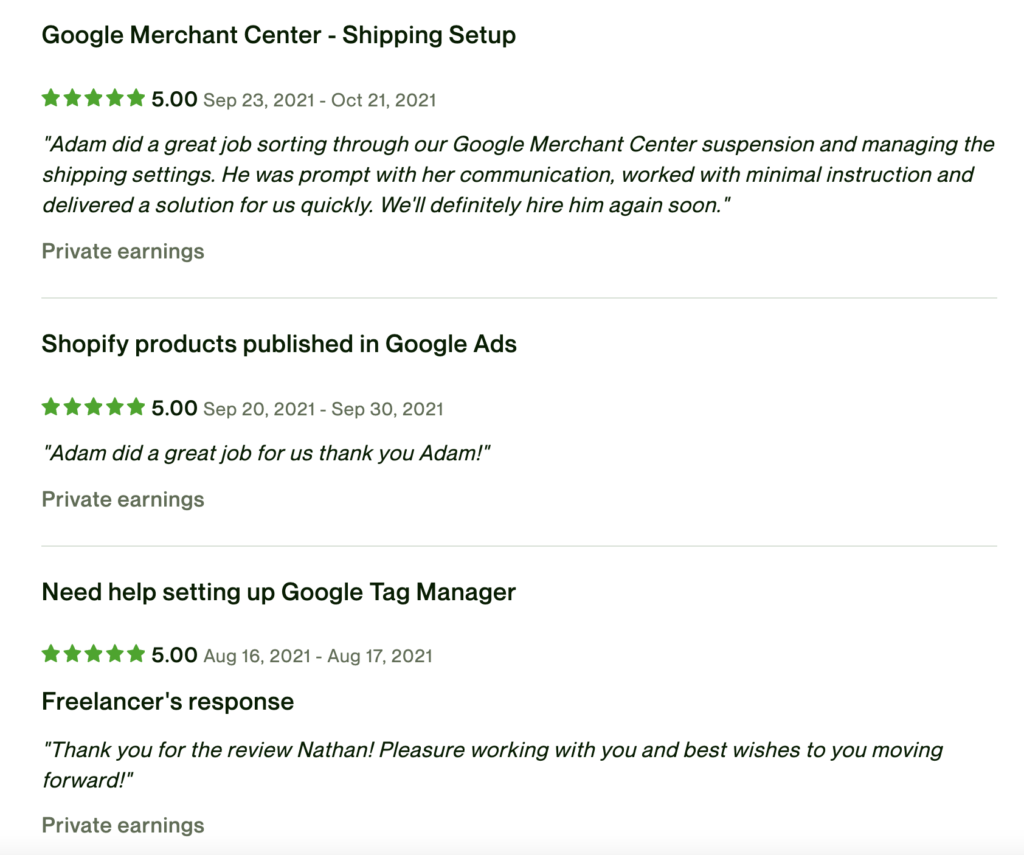
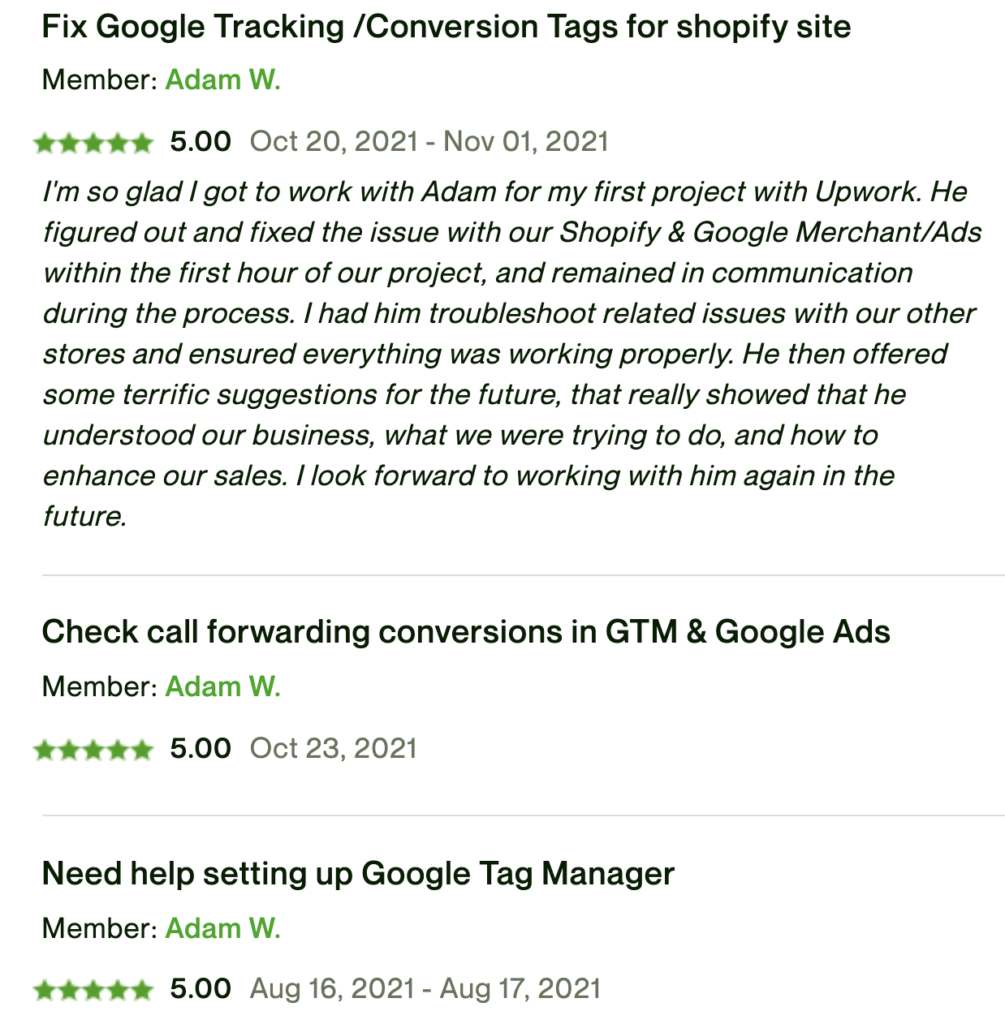
Are You Ready To Take Your Business To The Next Level?
If you are looking for help with Google Ads, Google Merchant Center, Data Tracking, or you’re looking for development of a Powerful Custom Website Theme, we really believe we are among some of the best companies out there to deliver your business the best results.
